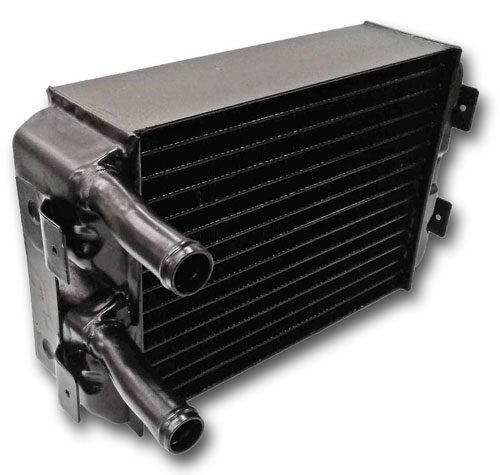C
cscolastico
- Reaction score
- 11
- Thunderbird Year
- 1957
I noticed coolant on the passenger floor mat, that has gotten worse over the last couple of times I had it out. I'm guessing that it is the heater core. I read some where that the heater core can be removed from the engine compartment. I removed the screws around the bracket, but there are screws that seem to be coming from the inside of the car through the bracket, which looks like i would have to get under the dash to remove. I have the shop manual, but it doesn't seem to be very helpful. Can I remove the core from the engine compartment? Can some one point me to a procedure for removal?? Many thanks
This page contains affiliate links for which I may be compensated. As an eBay Partner, and Amazon Associate I may be compensated if you make a purchase at no cost to you.
Last edited by a moderator:






